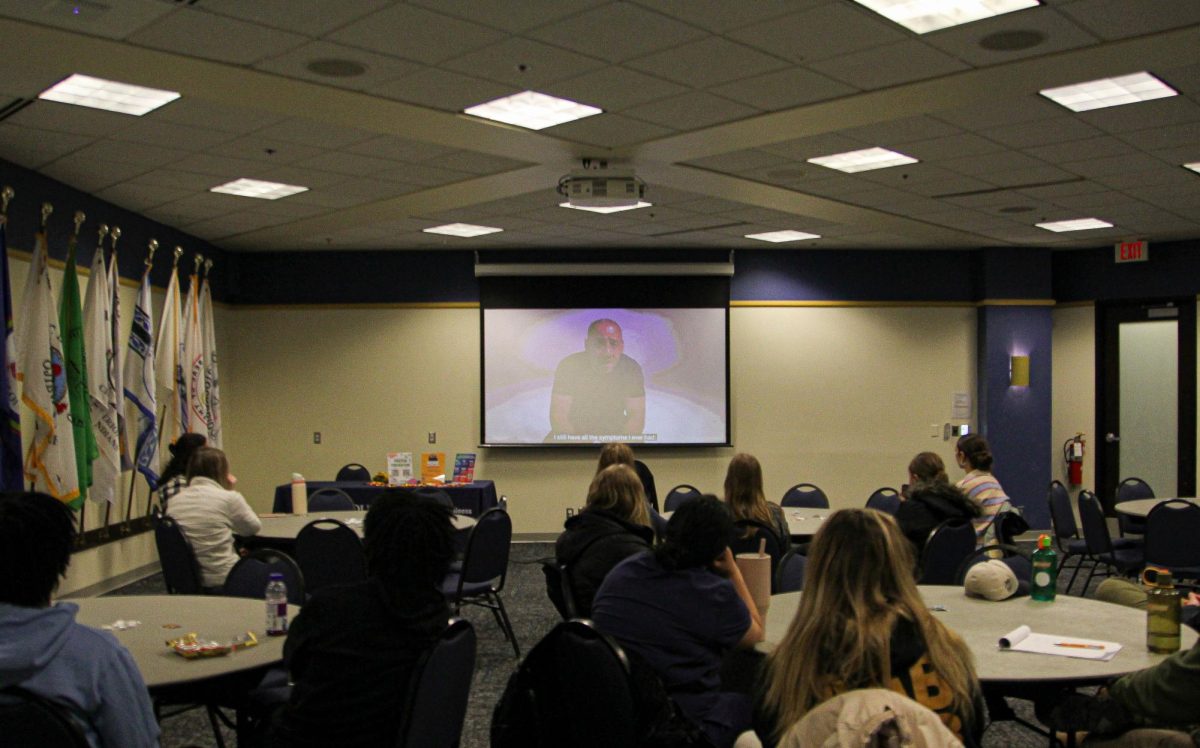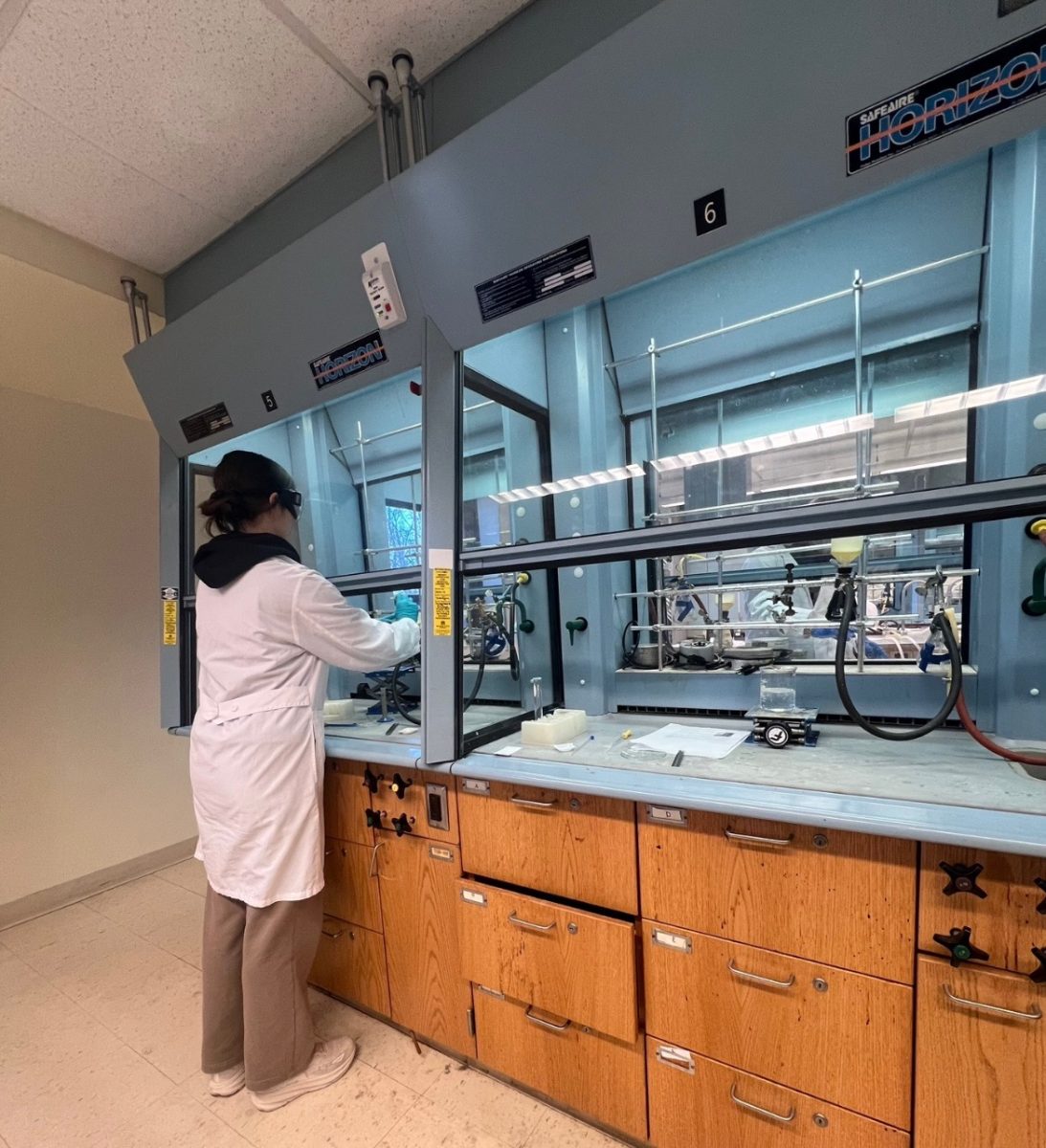More than 60% of college students currently meet the criteria for at least one mental health issue, almost a 50% increase since 2013. This increase is impacted by students reporting their diagnoses at higher rates than in the past. College students experience mental health issues at higher rates as they face unique problems related to the adjustment to college life.
The struggles faced by students are not confined to university grounds. When these challenges remain unsolved, the whole community suffers as students enter society with a negative perspective on mental-health services.
This fact becomes clear as one in four Milwaukee adults has a mental health condition, and mental health is the top health issue in Milwaukee County.
Colleges want to combat this problem and offer an abundance of resources. Yet students are still suffering, so how can colleges work towards an effective solution?
Debbie Contreras-Tadych from the Marquette University Counseling Center spoke about all the resources available to students. She said the Counseling Center offers services that cover the general mental health needs of the campus population.
One part of these services Contreras-Tadych is looking forward to is the upcoming expansion through the new Wellness + Helfaer Recreation facility.
“Not only will we be moving into a state-of-the-art facility, but this initiative also shows the university’s commitment to cura personalis, caring for the whole person, as we bring medical services, mental health services, student wellness and recreational sports into a shared space and making these units into their own cohesive department,” Contreras-Tadych said.
At the University of Wisconsin-Milwaukee, there is a student health and wellness center. This center is a centralized space for students to use. This includes a mindful space where students have a quiet space to go. They also have a peer-to-peer discussion platform called together all for students facing similar issues to connect.
Lori Bokowy, emotional health promotion coordinator at UWM, said that resources are readily available, and the university is working to market these services to students.
“We were recently able to hire a part time marketing specialist to help with health promotion marketing, and he has been a huge help in effectively sharing resource information with our students in a coordinated and strategic ways,” Bokowy said.
At both Marquette and UWM, there are resources available for students. However, if students do not utilize these services the good-faith efforts might not have the intended impact. One theory that may explain these hollow services is a lack of resources and responsibility.
Lisamarie Arnold is the Executive Director of REDgen, a nonprofit organization whose mission is to advocate for youth mental health and well-being. She said that REDgen has tried to set up programs on college campuses but have yet to find a way to make it a possibility.
At high schools and middle schools, Arnold said there is a REDgen advisor who can take ownership for the program. That ownership is lacking in the college spaces.
“I think one of the situations on college campuses is just navigating the size of a college campus, right?” Arnold said.
Arnold said that finding someone to take ownership of the program is a multi-step process. She said you need to find a person to oversee and then have to convince the administration that this club is worthy to have on campus. And, on top of that begins the process of getting the word out to students.
“Finding the person who wants to take ownership and having them rally their friends around it and getting a group of kids that will you know take it over and really get people involved,” Arnold said.
Another potential problem that may explain the high rates of mental illness despite strong efforts from colleges, are cultural differences.
Karisse Callender, an associate professor of counselor education at Marquette, explained specific challenges faced by college students. She said that students being away from their primary support systems and making a large adjustment can increase students’ levels of anxiety and loneliness.
Callender says that students may be intimidated by seeking help and that they oftentimes do not make it a priority.
Besides intimidation and prioritization, Callender cites family background as another reason students may not seek help.
“They might also be worried based on their kind of family background and their culture. They might really be concerned about how their family might perceive that or if it’s something that’s not even acceptable in their family, so they might be going against some family norms or tradition,” Callender said.
Addressing these issues can require more than broad wellness programs. At the end of the day, resources provided by universities may render useless unless the student population takes advantage of them.
This story was written by Ruby Mulvaney. She can be reached at ruby.mulvaney@marquette.edu.
















